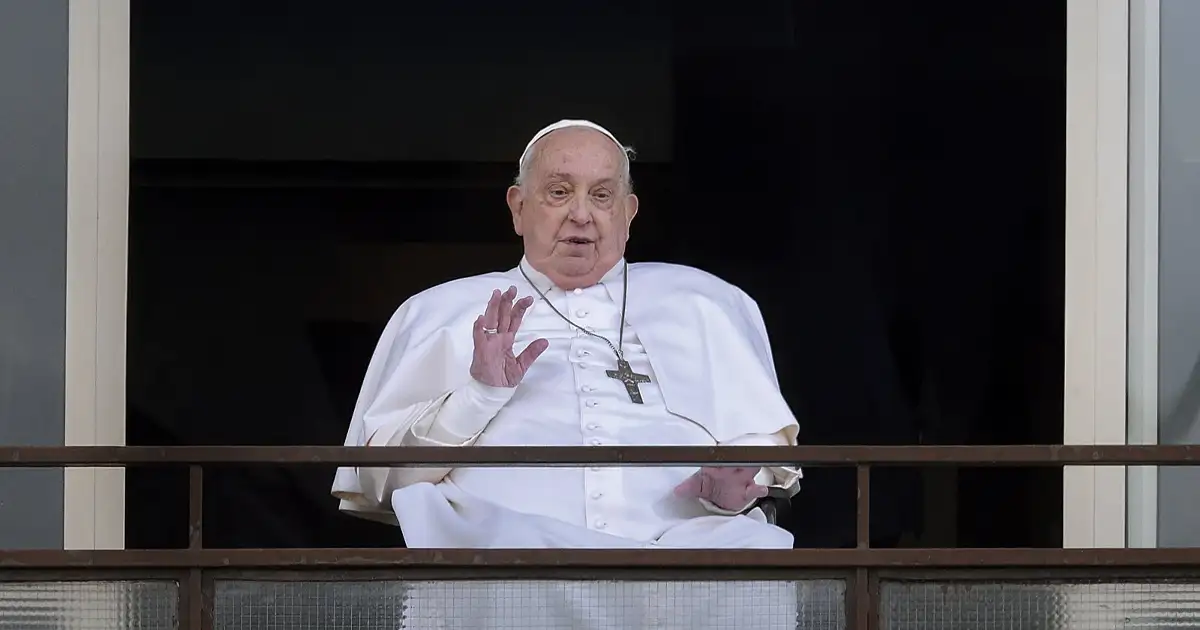The whole world follows 2025 conclave
On Wednesday 7 May 2025, the Vatican becomes the scene of a major event: the opening of the conclave to elect the successor to Pope Francis, who died last month at the age of 88. Beneath Michelangelo’s frescoes in the Sistine Chapel, 133 cardinal electors from all over the world gathered to choose the 267th pontiff of the Catholic Church. It is the largest conclave ever organised, reflecting the growing diversity of the Church.
The 2025 conclave will be marked by unprecedented media attention and record attendance. The cardinals, though cloistered, are at the centre of global speculation. The world eagerly awaits the white smoke announcing the election of the new pope, symbolising a new era for the Catholic Church.
The bookmakers’ favourites
While the cardinals deliberate, the outside world indulges in another form of speculation: betting on the identity of the future pope. This trend reflects the growing popularity of betting on non-sporting events, despite the fact that such practices are banned in Italy and the United States.
According to Oddschecker, Pietro Parolin, the current Vatican Secretary of State, is the favourite with odds of 11/4, an implied probability of 27%.
Luis Antonio Tagle, a Filipino cardinal, is also well placed with odds of 7/2. A former archbishop of Manila and current head of evangelisation at the Vatican, he is close to Pope Francis’ vision.
At 7/1, Ghanaian Peter Turkson is the third most popular candidate. He is known for his commitment to the climate, poverty and peace. He could become the first African pope in 1,500 years.
For your bets in Belgium, visit:
Fantapapa: The game that fascinates
Italy has come up with a fun alternative: Fantapapa, an online game inspired by fantasy football leagues. More than 60,000 people are taking part in the game, testifying to the popular enthusiasm for the conclave.
The principle is simple: each player selects a team of 11 cardinals, headed by a ‘captain’, who they believe have the best chance of being elected Pope. If their choice proves correct, they score points – or even win. There is no financial gain in this system, but it does offer humorous community fun.
One of the creators explains to Fast Company newspaper:
‘It seems like in Italy there’s a certain inquisitiveness about the mechanisms of the Catholic hierarchy, but it’s a critical curiosity, a sarcastic and playful curiosity, so we were interested in this jesting spirit for such a solemn event. In some ways it deflates the sacredness, in a nonaggressive way.’
While analysts scan the white smoke signals, others watch their group of friends’ Fantapapa rankings, praying not for the salvation of their souls, but for their cardinal captain to become the new spiritual leader of the Catholic world.
How conclave works
The conclave is the process by which the Catholic Church elects a new pope. The ritual takes place in the Sistine Chapel, at the heart of the Vatican. Only cardinals under the age of 80 are allowed to vote.
Before the voting begins, the cardinals take an oath of confidentiality and are isolated from the outside world. The Vatican takes strict measures to ensure the secrecy of the conclave, including cutting off telephone signals and installing jamming devices in the chapel.
The conclave begins with the call ‘extra omnes’, meaning that everyone except the cardinal electors and a few officials must leave the chapel. The doors are then locked. The cardinals then proceed to secret ballots, up to four a day, until one candidate obtains a two-thirds majority.
After each vote, the ballots are burnt. Black smoke indicates that no pope has been elected, while white smoke announces the election of a new pontiff.
Once elected, the new pope is invited to accept his office and choose a pontifical name. He then wears the papal vestments in the ‘Room of Tears’ before appearing on the balcony of St Peter’s Basilica to greet the faithful with the announcement ‘Habemus Papam’.



